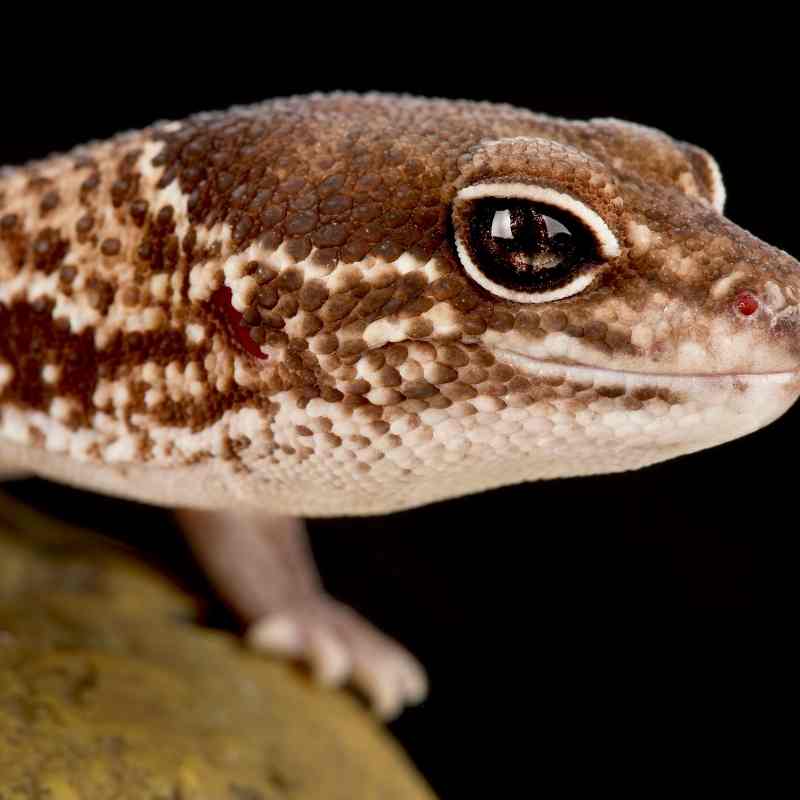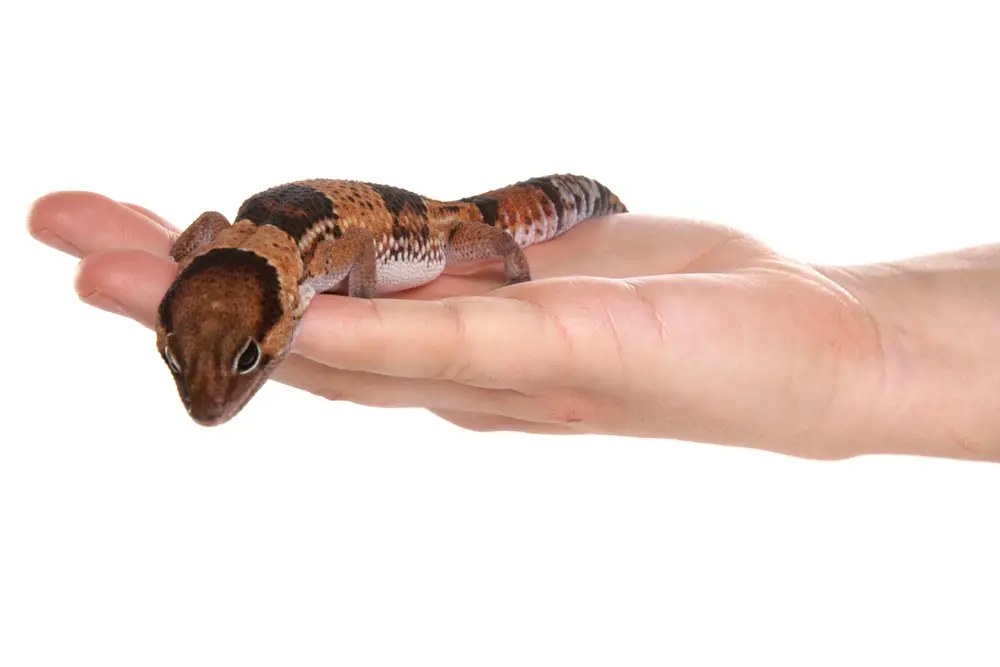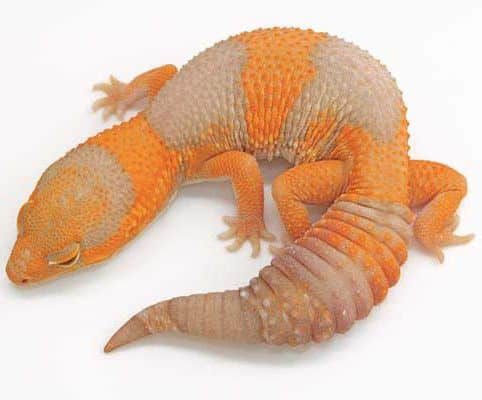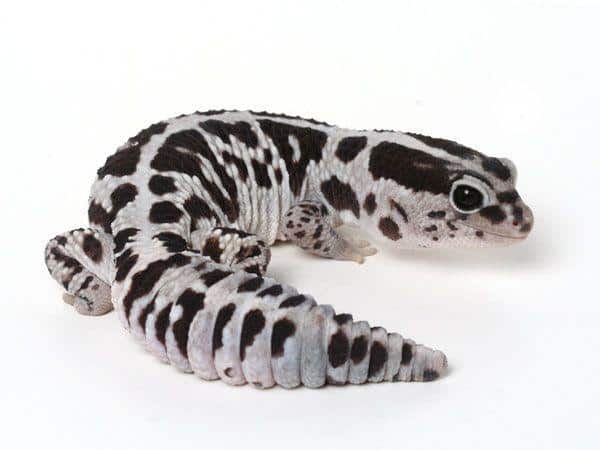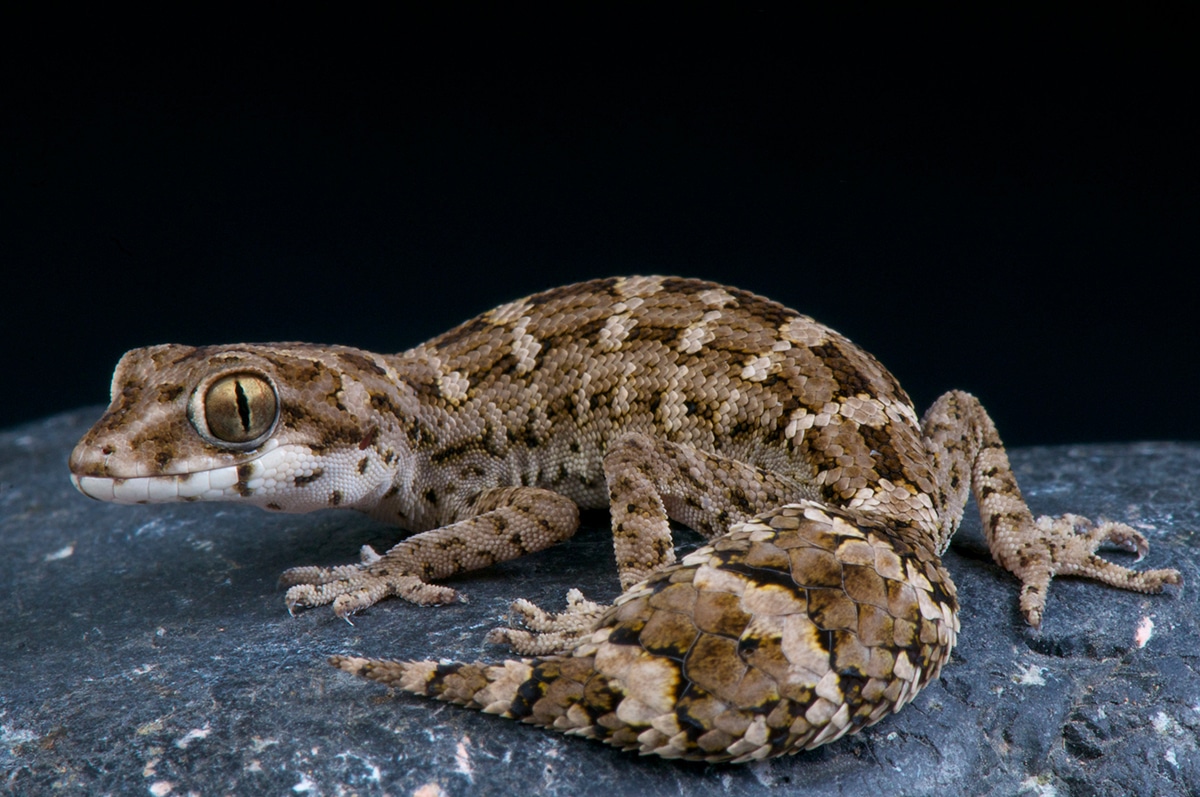A Short Guide To Feeding An African Fat-Tailed Gecko
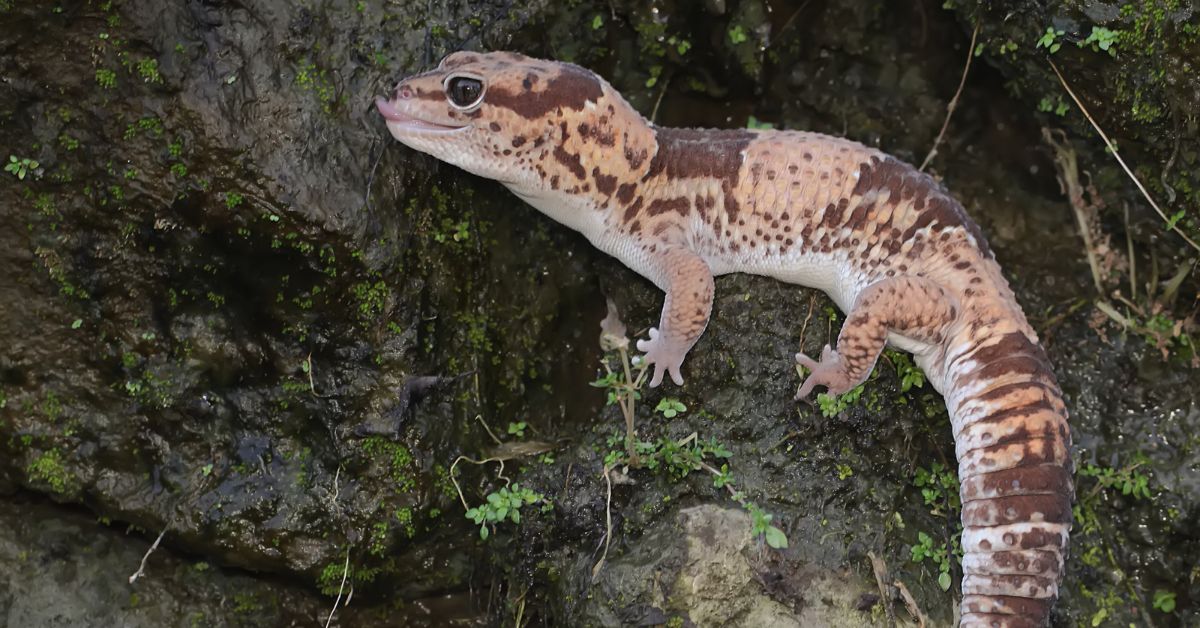
This Question Often Comes Up for New Owners Of African Fat-Tailed Geckos, So We Tracked Down The Most Respected Breeders We Could Find And Asked Them The Question. Here Are Their Answers.
Young fat-tail geckos should be fed daily. Adult fat-tailed geckos can be fed around three times per week. It’s really important to ask the breeder from whom you got the gecko what and how they have been feeding it, and stick as close as possible to that diet, at least at first. This will help the animal to settle into the new environment quicker, reducing stress and increasing health and well-being.
We asked our breeders what else a new owner would need to know about the feeding habits of their new geckos. These two points kept coming up:
- Fresh water should always be available in a shallow dish. Geckos also like to bathe in water, so care must be taken to keep it fresh at all times.
- Keeping the enclosure clean will help reduce the chance of disease.
Contents
What do they eat?
African fat-tail geckos are carnivorous and eat mainly insects, preferably live. The movement around their enclosure stimulates their predatory instinct and appetite. Crickets are the most popular food among breeders, followed by certain cockroaches. Mealworms are also a favorite, but give them these less often because of their high-fat content. Waxworms are even higher in fat, so they could be considered a special treat.
Supplementation is important for captive geckos, so vitamin powder high in D3 and calcium powder is recommended. A gecko might take some calcium powder if left in a shallow dish, but it will not be enough. Supplementation uses the food as a carrier, either by dusting with the powder or by ‘gut-loading.’ This is the process of feeding the crickets or other food animals high-quality fruits, vegetables, and grains with the supplements added for around 24 hours before feeding them to the geckos.
Will fat-tails eat vegetables and fruits?
Some geckos will eat vegetables and fruits, but fat-tailed geckos are exclusively carnivorous. Growing plants in their enclosures will help to keep the humidity up, but they may be more work than they are worth. Geckos don’t seem to care for plants, and the food animals are not left in the enclosure long enough to eat the plants.
What can they not eat?
Again, no fruits and vegetables. Overly fatty food like mealworms and waxworms should be kept to a minimum, around a quarter of their diet. Superworms can give quite a bite, so avoid the large ones. All food animals should be in perfect health, if there is any doubt, you should rather not feed them to your geckos.
What human food can fat-tails eat?
None, unless you are fond of crickets. If this is the case, remember that your geckos prefer live food, so none that are chocolate dipped, and certainly not deep-fried!
Jokes aside, these are mainly insectivorous geckos, and human foods are unhealthy.
How much do fat-tails eat?
The amount of food given to fat-tails will vary depending on their size. The babies are given smaller crickets and cockroaches, about five crickets per feeding until they are about six weeks old. As they grow in size, they can manage larger crickets. Adult geckos can have around nine crickets per feeding, and the size of the crickets can be increased to full size as the gecko grows.
A general rule of thumb would be to give the gecko an hour or two to hunt and feed, and any food animals left after that time should then be removed. This ensures that the gecko gets the nutrition it needs and has sufficient time to digest properly before the next feeding.
Will they overeat?
Fat-tailed geckos are prone to overeating, and it is best to guard against this. They store fat and nutrients in their tails and can go for two weeks without eating, although this is not optimal for their health. If the tail is skinny, increase its feed.
Leaving their food in the enclosure for an hour or two works quite well to keep them well-balanced. If they are overweight, they will move slower and be less likely to catch all the food. They will eat as fast as their hunger motivates them, and excess food will be ignored. They will have longer periods to digest between meals and are less likely to have bowel problems.
They should be plump but not fat; the base of the tail should not be wider than the head.
Do they feed when shedding?
African fat-tailed geckos shed a lot and will probably eat noticeably less during this time. It’s common for them to not eat at all during shedding. However, they are known to eat the shed skin, probably to replace lost nutrients. Continue feeding while they are shedding, but make sure to remove uneaten food. Also, ensure that the humidity is correct during shedding. Around 50-60% humidity will be comfortable for them.
What to do if they are not eating.
This is an important question because their eating habits are the best indication of what their welfare -or lack of it- that you will have. Here’s a list of things to watch for:
- The most common reason for fat-tails to go off their food is stress. Initially, this may be a case of settling down in their new environment, with all the new smells, sights, and sounds. Don’t handle them in this settling-in phase, which can take two weeks. Give them peace, a fixed rhythm of light and dark, and don’t move things around in their enclosure.
- Males do not share space well with other males, they will fight over territory. They may need to be separated before they will settle down.
- Another possible reason for not eating could be that they are cold. African fat-tails come from West Africa, and it’s hotter there than most people will have in their homes. A fat-tail enclosure should have a warmer side and a cooler side so that the geckos can determine their comfortable temperature. A heating mat or bulb keeping one end to around 88-92F (31-33C) would be good for the warm end, and the cooler end at 65-80F (18-26C) would give them the perfect range to self-regulate their body temperature.
- An impacted bowel is another possibility caused by undigested food or ingested substrate. Sand is not the best substrate, as its prey easily ingests it. Wood chips and moss are better alternatives. If you suspect an impacted bowel, give them a warm bath in shallow water and gently massage their abdomen. This can help them to get things moving. If this doesn’t work, getting the gecko to the vet is probably best.
- Some other possible reasons are parasitic infections, respiratory disease, eye problems, and injury. Again, best get them to the vet.
Whatever the problem is, force-feeding is not the answer! This will only stress the gecko even more and may cause injury to the jaw or from being held too tight. Solve the problem causing the lack of appetite, and the gecko will begin eating again.
Tempting the gecko with a waxworm might also not be the best strategy, as this could become an addiction causing the fat-tail to eat nothing else!
We hope this guide will help you give your gecko friends the care they deserve.
